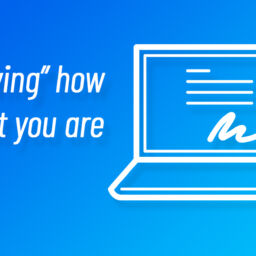 Lenders, like any business, have to make a profit. The cost of acquiring the funds, the operating costs to service and the expected profit margin are easily identified. The variable in pricing is the type of mortgage and the credit worthiness of the borrower.
Lenders, like any business, have to make a profit. The cost of acquiring the funds, the operating costs to service and the expected profit margin are easily identified. The variable in pricing is the type of mortgage and the credit worthiness of the borrower.
A loan with a 3.5% down payment is riskier than a loan with 20% down payment. If the lender has to take the property back to recover their expense, the margin is greater between what is owed and what the property is worth on an 80% mortgage.
Credit scoring is a risk-based pricing method that allows a lender to be competitive in the market for the best loans from different borrower groups. Individual lenders set their own levels for what they consider “A” credit which is reserved for the best rates. If good credit is approximately 710 to 740, scores below that are considered higher risk and will have higher rates.
Risk must be assessed for both the borrower and the property that collateralizes the loan. The borrower’s credit history and income stability are strongly evaluated by the lender but if a default should occur, the property must secure the loan to avoid a loss to the lender.
The challenge for some buyers is they are unaware of what their credit score is and how it will affect the interest rate offered by the lender. It is to the buyer’s advantage to be pre-approved by a reputable lender prior to starting the process of looking for a home. In some cases, the lender can actually improve the borrower’s credit score to help them qualify for a lower interest rate.
Contact me for a recommendation of a trusted mortgage professional!










